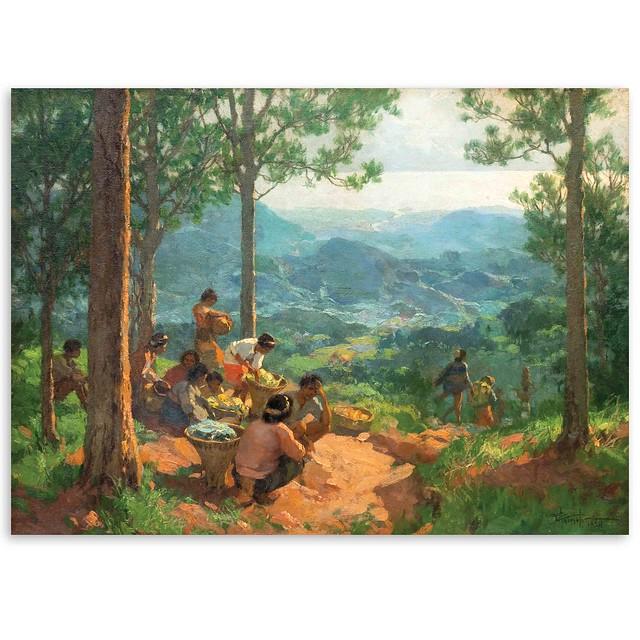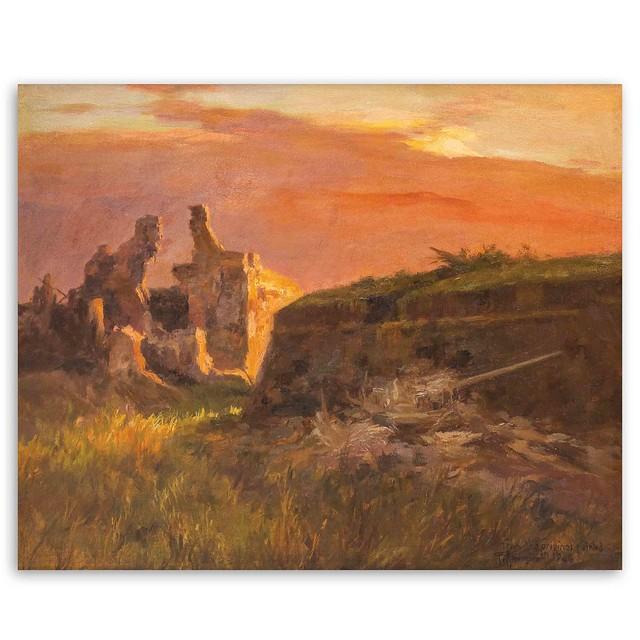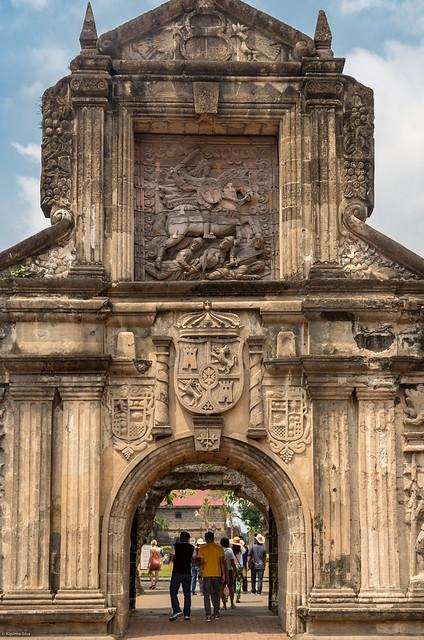

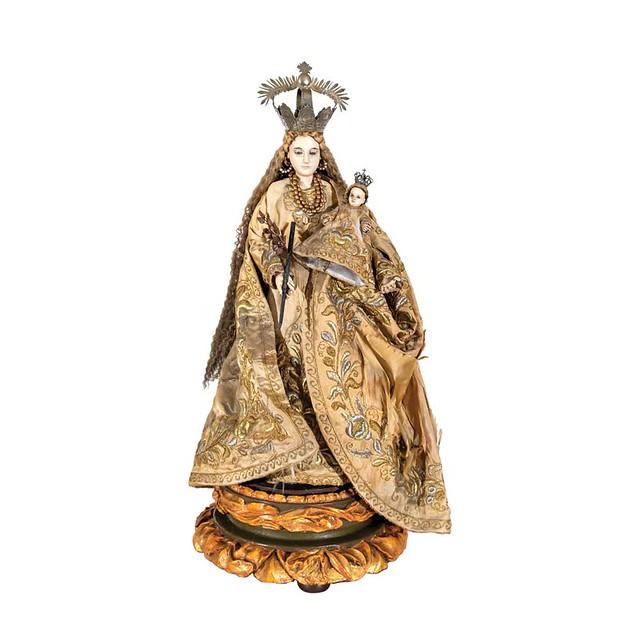
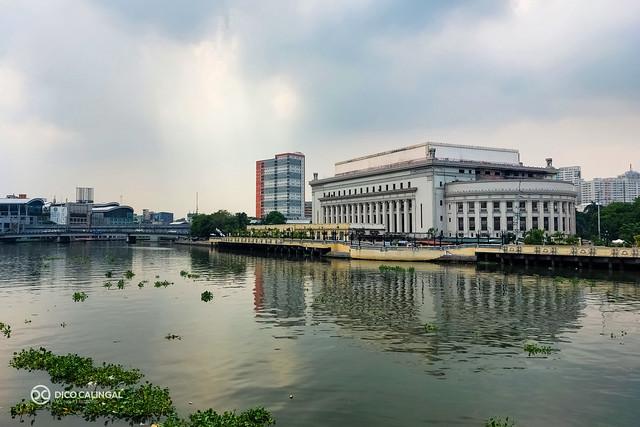
National Capital Region
Overview
Metro Manila: A Vibrant Urban Tapestry
Metro Manila, also known as the National Capital Region (NCR), is a bustling metropolis that serves as the political, economic, and cultural heart of the Philippines. Comprising 16 cities, including Makati, Quezon City, and Manila, it is a melting pot of diverse cultures, traditions, and lifestyles. The atmosphere here is a blend of modernity and heritage, where skyscrapers vie for space with centuries-old landmarks, creating a unique urban landscape that is both dynamic and historically rich.
Historical Significance: A Journey Through Time
The history of Metro Manila is deeply intertwined with the Philippines' colonial past. The city of Manila, established in 1571, was the center of Spanish colonial rule and has played a pivotal role in the country's history. Intramuros, the old walled city, is a living testament to this era, featuring cobblestone streets, colonial churches, and remnants of fortifications. Visitors can explore iconic sites like Fort Santiago, a fortress that once protected the city, and San Agustin Church, the oldest stone church in the Philippines, which is now a UNESCO World Heritage Site. The historical significance of Metro Manila is palpable, making it a must-visit for history enthusiasts.
Cultural Diversity: A Mosaic of Traditions
Metro Manila is a vibrant tapestry of cultures, reflecting the Philippines' rich heritage. Each city has its own unique character and traditions, from the high-end commercial districts of Makati to the artistic enclave of Pasig. Festivals are a major highlight, with events like the Ati-Atihan in Kalibo and the Feast of the Black Nazarene in Quiapo attracting thousands of locals and tourists alike. The diverse culinary scene showcases the best of Filipino cuisine, from street food staples like taho and isaw to fine dining experiences featuring dishes like adobo and lechon.
Shopping and Entertainment: A Shopper's Paradise
For those who love shopping, Metro Manila is a paradise. Malls like SM Mall of Asia, one of the largest in the world, offer everything from high-end brands to local handicrafts. The vibrant nightlife is another attraction, with areas like Bonifacio Global City (BGC) and Quezon City featuring a plethora of bars, clubs, and live music venues. Whether you’re looking for a quiet evening or a lively night out, Metro Manila has something to cater to every preference.
Public Transportation: Navigating the City
Navigating Metro Manila can be an adventure in itself, with a mix of transportation options available. The MRT (Metro Rail Transit) and LRT (Light Rail Transit) systems offer a quick way to travel between key areas, while jeepneys—colorful, uniquely Filipino public utility vehicles—provide a more local experience. Taxis and ride-hailing apps like Grab are also widely available, making it easy for travelers to explore the city and its surrounding areas.
Local Characteristics: The Warmth of Filipino Hospitality
One of the most endearing aspects of Metro Manila is the warmth and hospitality of its people. Filipinos are known for their friendliness and willingness to help, often going out of their way to ensure visitors feel welcome. Engaging with locals not only enhances your travel experience but also allows you to gain deeper insights into the culture and daily life in the NCR. From street vendors to shopkeepers, the genuine smiles and warm greetings will make you feel at home in this vibrant city.
Metro Manila is a captivating destination that offers a blend of history, culture, and modern urban living. With its rich heritage, diverse culinary delights, and friendly atmosphere, it promises an unforgettable experience for every traveler.
Other towns or cities you may like in Philippines
Explore other cities that share similar charm and attractions.


